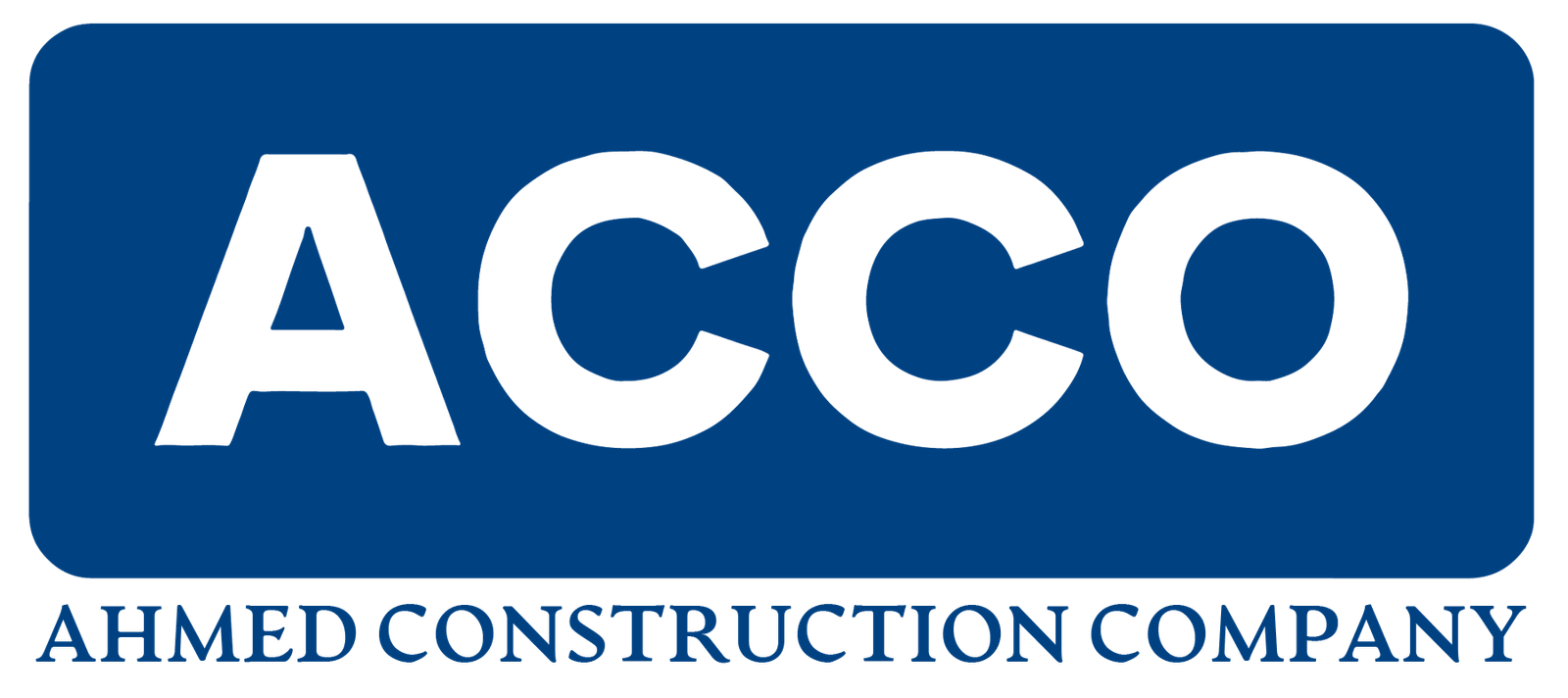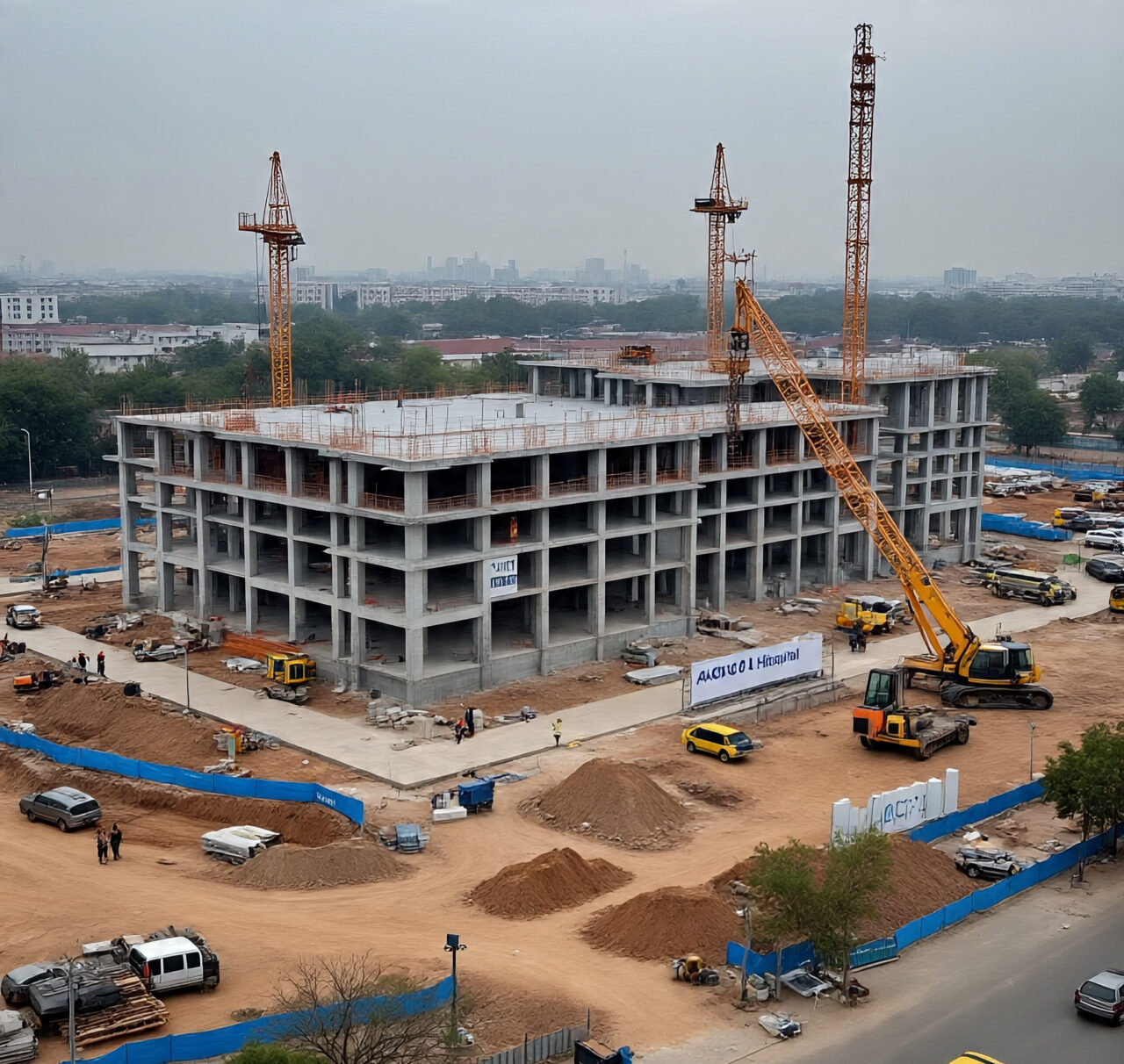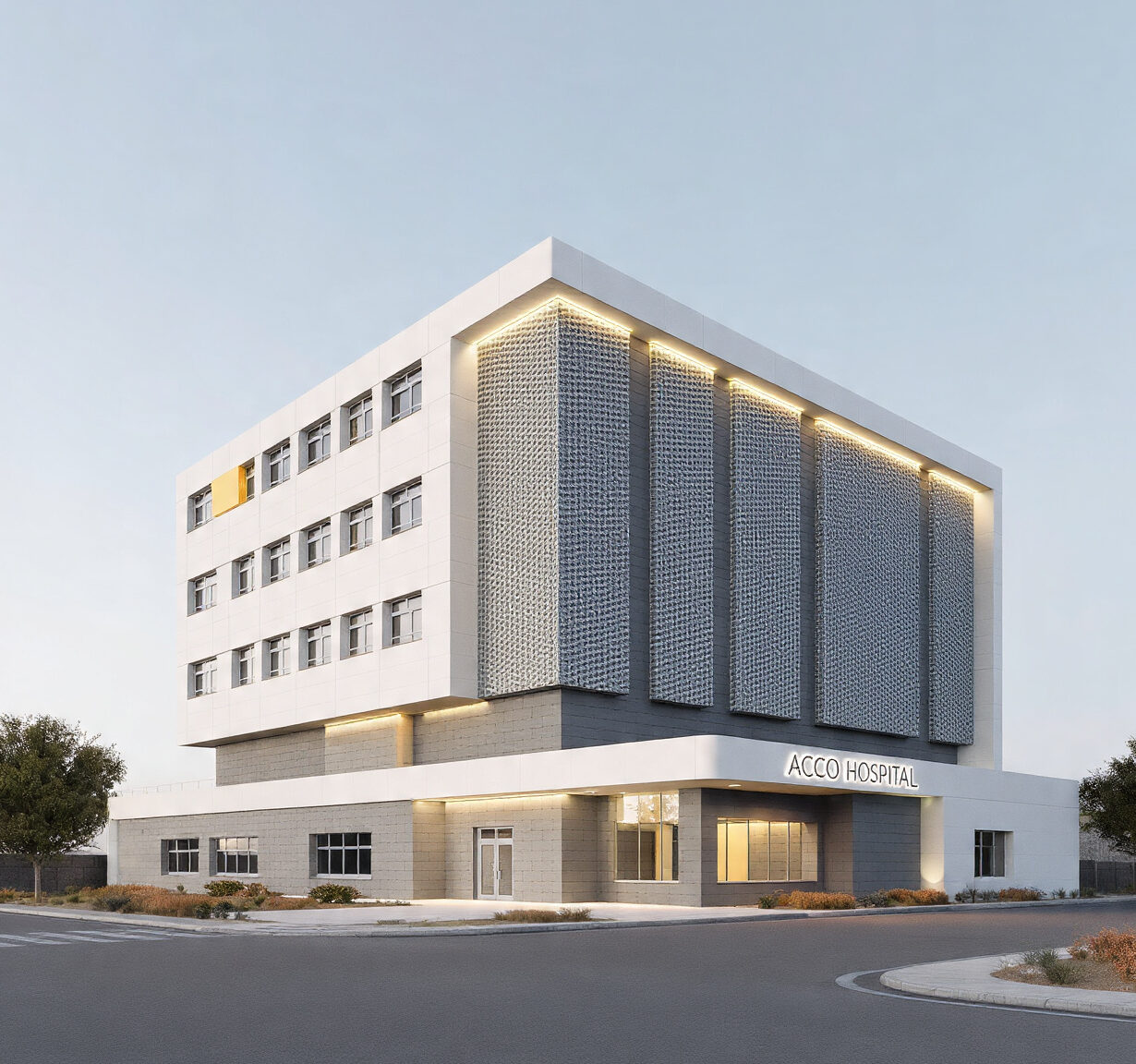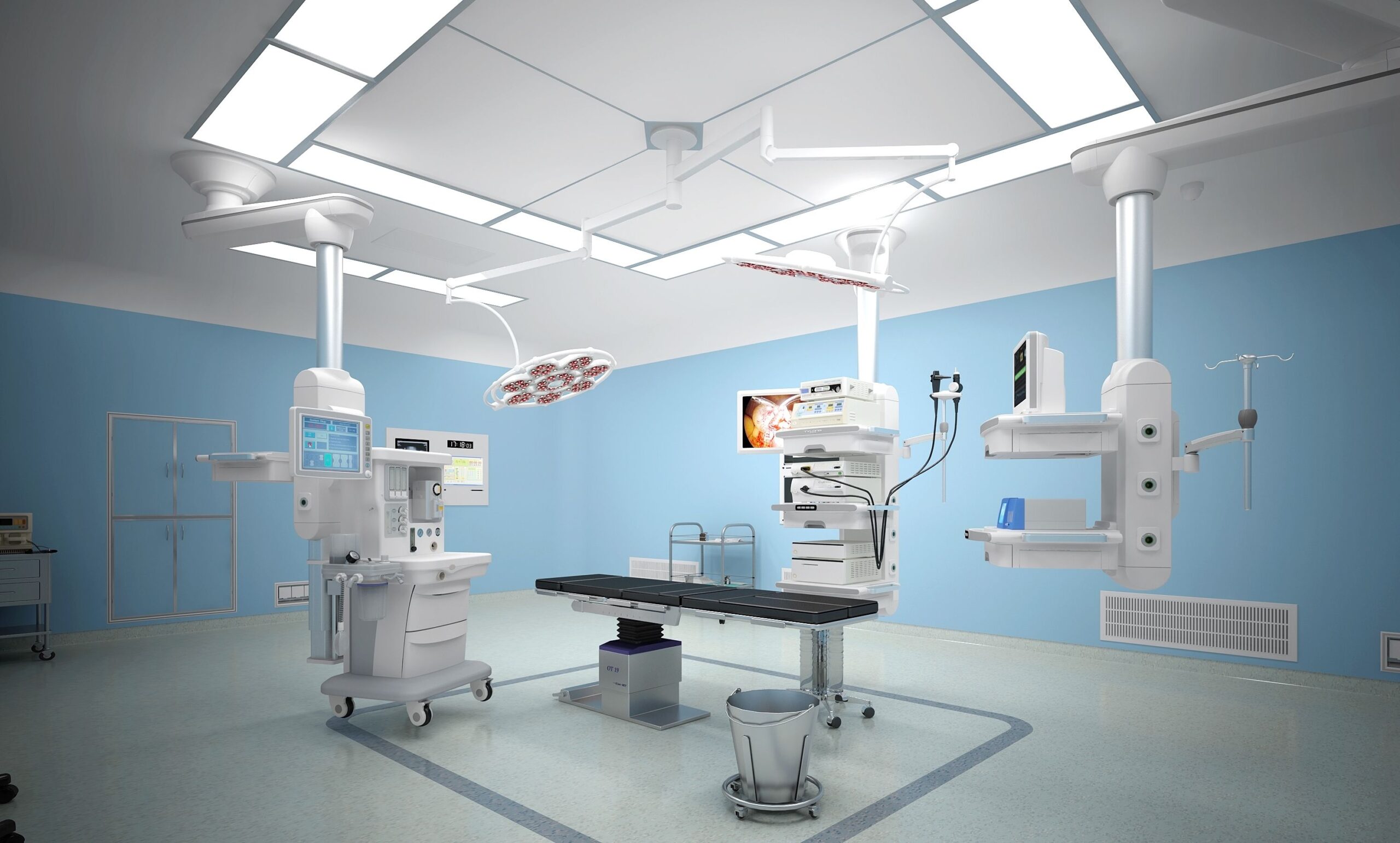
Designing Patient-Centered Hospitals in Pakistan
Introduction
A patient-centered hospital design in Pakistan prioritizes patient comfort, safety, and operational efficiency. By incorporating modern healthcare technologies, sustainable solutions, and evidence-based design principles, hospitals can enhance the overall patient experience and outcomes.
Key Principles of Patient-Centered Hospital Design
Comfort & Well-Being
Ensuring a stress-free and healing environment through ergonomic furniture, natural lighting, and ventilation.
Safety & Infection Control
Hospitals must integrate robust infection control measures, fire safety, and earthquake-resistant structures.
Accessibility & Inclusivity
Facilities should cater to all patients, including people with disabilities, by incorporating ramps, elevators, and wayfinding signage.
Operational Efficiency
Efficient workflows, optimized space utilization, and seamless patient movement enhance hospital functionality.
Site Selection & Space Planning
Location Considerations
Hospitals should be strategically located near transport hubs for easy patient access.
Space Optimization
Layouts should ensure efficient patient flow, staff mobility, and resource allocation.
Future Expansion
Scalable designs accommodate technological advancements and future capacity needs.
Healing Environments & Interior Design
Natural Light & Ventilation
Exposure to daylight improves patient recovery rates and reduces energy costs.
Noise Reduction Strategies
Soundproofing materials and designated quiet zones minimize stress levels.
Color Psychology
Soft, soothing colors foster a calming atmosphere for patients and staff.
Integration of Modern Healthcare Technology
Smart Facilities
Automated lighting, HVAC, and patient monitoring systems improve efficiency.
Telemedicine & Remote Healthcare
Hospitals should integrate telehealth capabilities for accessible medical consultations.
AI & Robotics in Healthcare
AI-driven diagnostics and robotic-assisted surgeries enhance patient care.
Sustainability & Green Building Practices
Energy-Efficient Systems
Hospitals must use solar panels, LED lighting, and smart HVAC systems.
Eco-Friendly Construction Materials
Sustainable, non-toxic materials improve hospital durability and indoor air quality.
Water Conservation Strategies
Rainwater harvesting and water recycling reduce wastage.
Challenges in Hospital Design & Construction in Pakistan
Regulatory Hurdles
Compliance with healthcare regulations and building codes is essential for hospital operations.
Budget Constraints
Cost-effective design strategies must balance affordability with quality.
Skilled Workforce Shortages
Pakistan requires more trained architects, engineers, and healthcare planners.
Regulatory Compliance & Healthcare Standards
Local & International Building Codes
Hospitals must adhere to Pakistan’s construction laws and international healthcare guidelines.
Safety & Infection Control Regulations
Strict adherence to WHO and CDC guidelines ensures patient safety.
Approval & Accreditation Processes
Gaining approvals from health authorities guarantees smooth hospital operations.
Case Studies of Successful Patient-Centered Hospitals
Examining leading hospitals in Pakistan reveals insights into innovative design solutions and best practices.
Future Trends in Hospital Design
AI-Driven Planning & BIM Technology
Building Information Modeling (BIM) and AI streamline hospital design and construction.
Modular & Prefabricated Hospitals
Prefabrication accelerates construction while ensuring cost efficiency.
Smart Healthcare Infrastructure
IoT-enabled hospitals improve real-time patient monitoring and operational efficiency.
Frequently Asked Questions (FAQs)
1. Why is patient-centered hospital design important?
It enhances patient comfort, safety, and healthcare efficiency, improving overall well-being.
2. What are key elements of a patient-centered hospital?
Natural light, noise control, accessibility, and advanced medical technology are crucial elements.
3. How can hospitals in Pakistan become more sustainable?
Using energy-efficient materials, solar power, and water recycling techniques promotes sustainability.
4. What challenges do hospital architects face in Pakistan?
Regulatory compliance, budget constraints, and a shortage of specialized labor are key challenges.
5. How does technology improve hospital design?
AI, telemedicine, and smart infrastructure enhance patient care and hospital efficiency.
6. What are the future trends in hospital construction?
Modular hospitals, AI-driven planning, and sustainable healthcare facilities are emerging trends.
Conclusion
Designing patient-centered hospitals in Pakistan requires a blend of innovation, sustainability, and regulatory compliance. By prioritizing patient needs and leveraging modern technology, hospitals can deliver superior healthcare services and improve patient experiences.




